Three time controls
The three-day Champions Showdown began on Tuesday at the Saint Louis Chess Club. This year’s edition has moved away from the previous format featuring Chess960, known as Chess 9LX for marketing purposes, and now follows a six-player format with games in blitz (3+2), rapid (15+10), and semi-classical (60+15).
Each day, players are paired against a single opponent, with one player having white in both the blitz and rapid games before switching to black in the semi-classical encounter. Instead of a traditional points-based system, the standings are determined by the prize money accumulated, with semi-classical games awarding $14,000, rapid games $9,000, and blitz games $4,500, distributed unevenly between the winner and the loser.
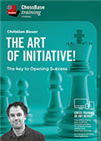 Unleash your chess potential with this dynamic course focused on mastering the initiative.
Unleash your chess potential with this dynamic course focused on mastering the initiative.Six of the top eight players in the US, according to the latest FIDE classical rating list, are participating in the event. Notably, Hans Niemann, rated 2734, is absent, while Sam Sevian, rated 2692, is also not competing. Ray Robson, whose rating is only slightly lower than Sevian's, is among the participants.

Ray Robson | Photo: Lennart Ootes
The opening day saw the two top seeds, Hikaru Nakamura and Fabiano Caruana, facing each other. Nakamura missed a big opportunity in the blitz game, which ended in a draw. Caruana exerted pressure in the rapid game, but this, too, concluded peacefully. In the semi-classical game, Caruana entered a rook endgame with an extra pawn. Nakamura defended well but made a decisive mistake in the final stages, allowing Caruana to claim a very valuable victory.
Wesley So emerged as the most successful player on the first day, securing wins against Levon Aronian in both the rapid and semi-classical games after drawing the blitz encounter. The third mini-match saw Leinier Dominguez and Ray Robson winning one game each. Dominguez triumphed in the blitz game, while Robson prevailed in the semi-classical encounter, which meant Robson earned nearly $5,000 more than his opponent on the day.

Caruana 2 - 1 Nakamura
The semi-classical encounter between the two top seeds featured what turned out to be the highlight of the day, as Nakamura faltered decisively by playing a natural-looking capture after showcasing remarkable defensive skills in a rook endgame.
Select an entry from the list to switch between games
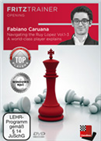 The Ruy Lopez is one of the oldest openings which continues to enjoy high popularity from club level to the absolute world top. In this video series, American super GM Fabiano Caruana, talking to IM Oliver Reeh, presents a complete repertoire for White.
The Ruy Lopez is one of the oldest openings which continues to enjoy high popularity from club level to the absolute world top. In this video series, American super GM Fabiano Caruana, talking to IM Oliver Reeh, presents a complete repertoire for White.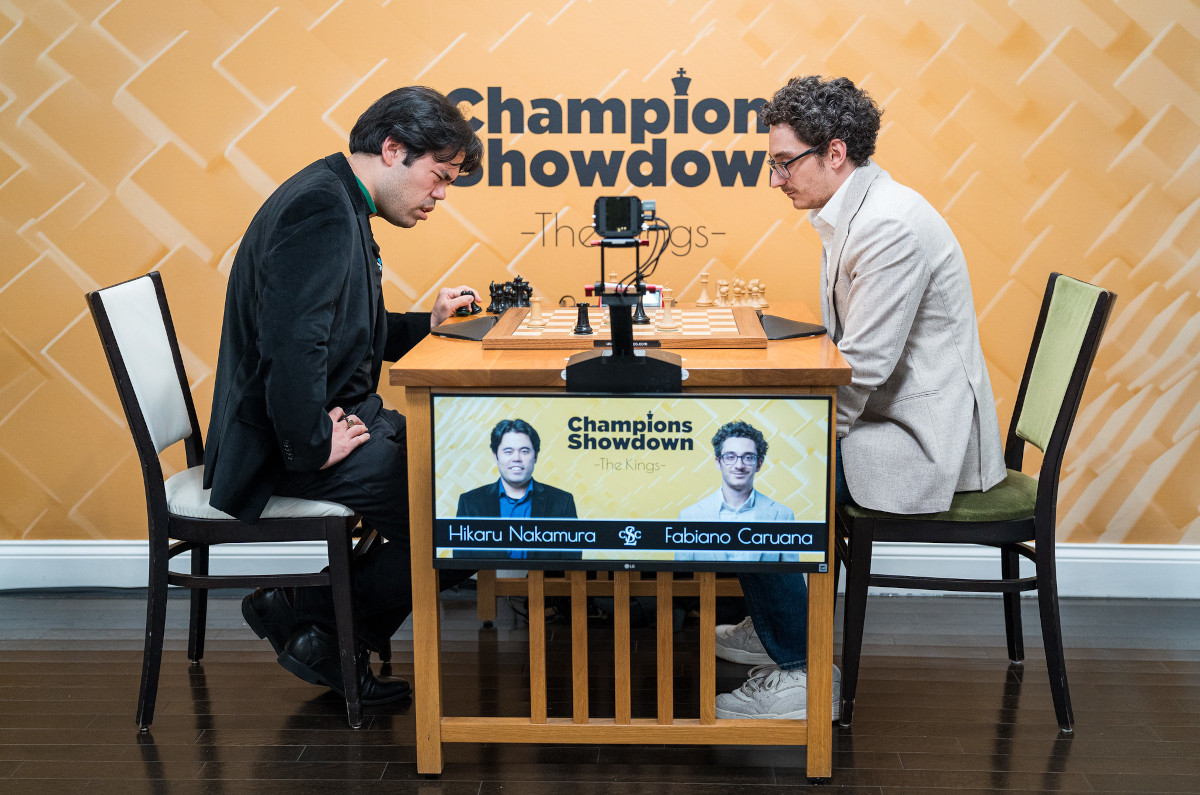
Hikaru Nakamura cannot believe what has just happened - he was inches away from escaping with a draw from a very tough position | Photo: Lennart Ootes
So 2½ - ½ Aronian
After winning the rapid encounter, So managed to beat Aronian for a second game in a row in their semi-classical encounter. With kings on opposite sides, So's attack came faster on the queenside. Eventually, Aronian's light-squared bishop found itself trapped in the middle of the board. So grabbed the piece and went on to collect the winner's share of the prize.
Select an entry from the list to switch between games

Chief arbiter Chris Bird having a look at Wesley So's game | Photo: Austin Fuller
Robson 1½ - 1½ Dominguez
The semi-classical game in this mini-match also ended decisively - all three slow games did, in fact. Robson showed great technique to beat Dominguez in a knight endgame with five pawns per side. Having the queenside majority and a more active king gave Robson the victory.
Select an entry from the list to switch between games
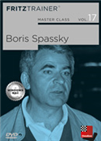 In this video course, experts including Dorian Rogozenco, Mihail Marin, Karsten Müller and Oliver Reeh, examine the games of Boris Spassky. Let them show you which openings Spassky chose to play, where his strength in middlegames were and much more.
In this video course, experts including Dorian Rogozenco, Mihail Marin, Karsten Müller and Oliver Reeh, examine the games of Boris Spassky. Let them show you which openings Spassky chose to play, where his strength in middlegames were and much more.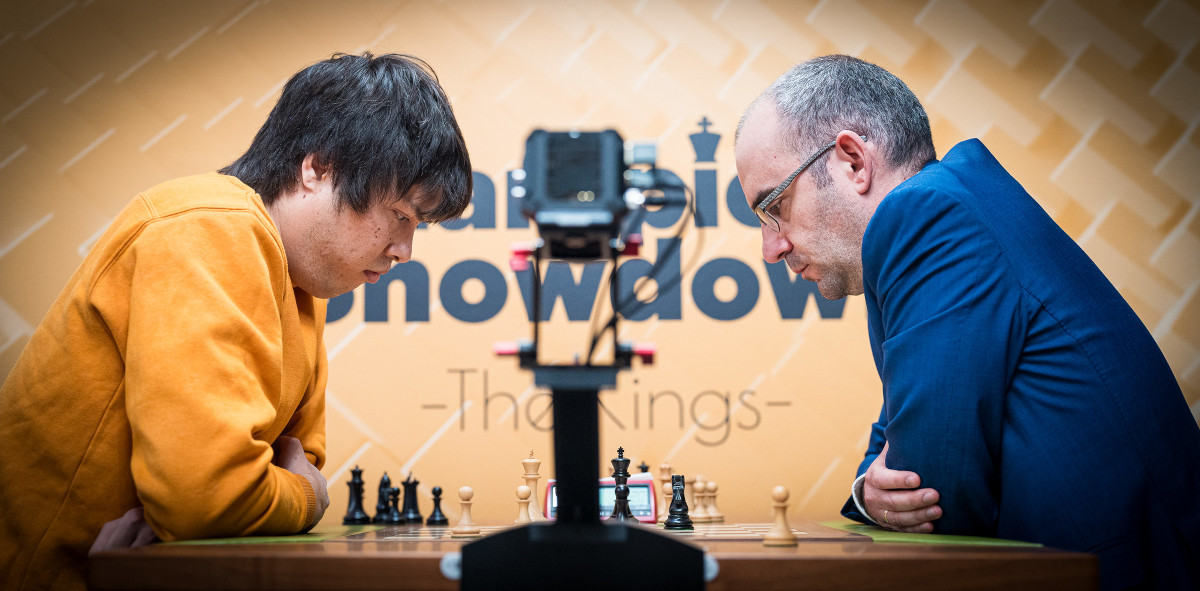
Ray Robson and Leinier Dominguez | Photo: Lennart Ootes
Links




























